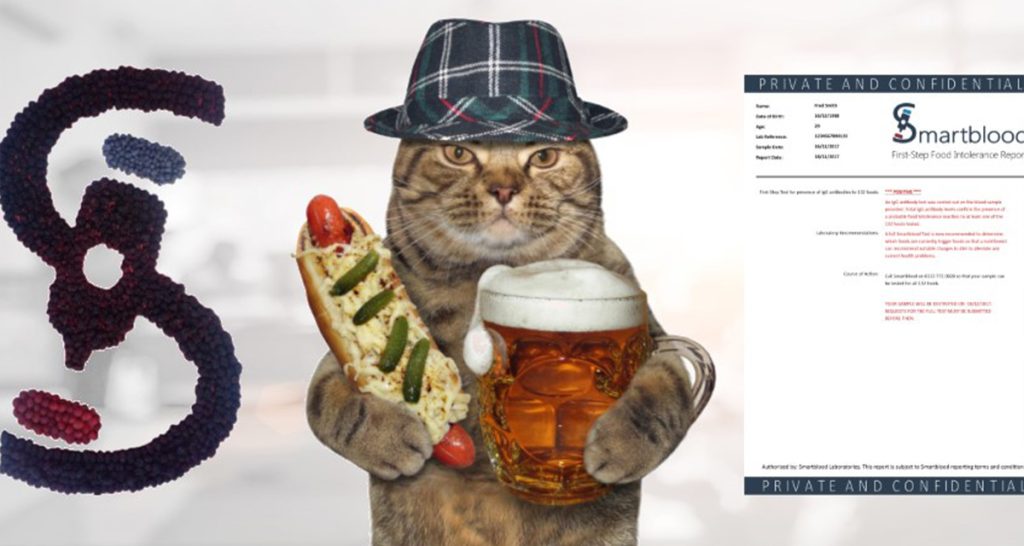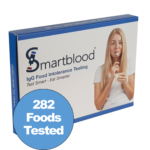A living fungus, yeast is a natural, active ingredient used in both baking and brewing. Feeding on sugar, yeast converts it into carbon dioxide and alcohol, helping bread to rise and beer to brew. But those bubbling, fermenting reactions can have other, more unwanted results when it comes to our health due to yeast intolerance.
Commonly found in a wide variety of food and drinks, yeast can be difficult to avoid. But, for those who suffer with symptoms such as bloating, weight gain, fatigue, skin problems and even migraine as a result of eating yeast, it’s important to be aware of the common places you might find it.
Be aware of beer
Beer, which is made using the brewer’s variety, is one of the more obvious sources to avoid if you find that yeast causes you problems. It’s also worth noting that this also includes wine. If you can’t resist a tipple, you may want to switch to spirits, which aren’t made using the same fermentation process.
Baking a change
Another common place to find the fungus is in baked goods. Made using the baker’s variety, breads, pastries and pizza bases all contain yeast, which helps the dough to rise. If you’re a loaf lover you might want to consider trying soda bread or unleavened varieties like tortilla wraps or flatbreads.
Feeling fruity
Did you know that yeast is also found naturally on the skin of fruits such as grapes, dates and figs? Even if yeast isn’t found on the fruit, those containing a high level of sugar, such as bananas, pears and pineapple, can actually help feed the yeast present in the body, producing unwanted side effects and worsening symptoms.
Spread the word
Love it or hate it, common toast topper Marmite is a key cupboard staple to steer clear of if you’re avoiding yeast. It’s also important to be aware of the other ingredients lurking in your pantry that may contain your trigger food. Stock cubes, gravy granules and condiments like mayonnaise and mustard should all be avoided if you’re trying to remove yeast from your diet.
In a pickle
If you’re a fermented foods fan, you may have to put the pickles back on the shelf for now. Favourites such as gherkins, onions, and beetroots, which are pickled in vinegar, should all be avoided if yeast gives you problems.
Is yeast really making you feel unwell?
As with all trigger foods, it’s important never to simply assume that a particular ingredient is causing you to feel unwell. If you have ruled out another underlying condition, you may want to take the next step with a Smartblood Food Intolerance test.
Fast and accurate, our home to laboratory test provides you with all the knowledge you need to understand your diet and it’s impact on your health and wellbeing. Supported by a consultation with a registered Nutritional Therapist, you will be given all the information you need to help you remove and replace your trigger foods.




